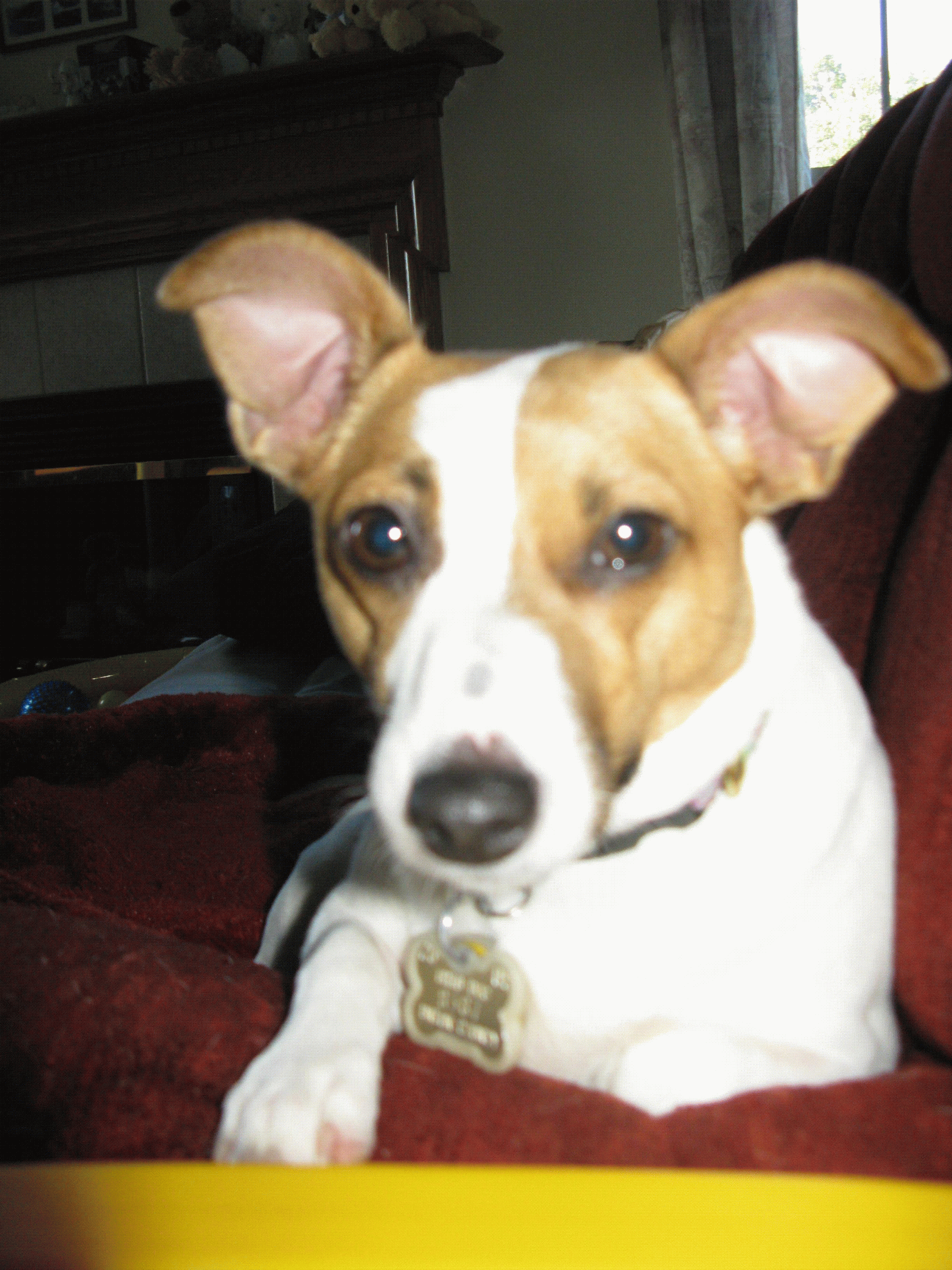The Role of Positive Reinforcement in Pet Behavior Correction

In the delightful journey of pet ownership, one of the most rewarding experiences is witnessing the positive transformation in a pet’s behavior. Whether you’re welcoming a playful puppy into your home or adopting a wise old cat from a shelter, understanding the nuances of behavior correction is key to nurturing a harmonious relationship. At the heart of this process lies the powerful tool of positive reinforcement. Unlike traditional methods that may rely on punishment or negative reinforcement, positive reinforcement focuses on encouraging desirable behaviors by offering rewards. This approach not only strengthens the bond between pet and owner but also fosters a more trusting and joyful environment. In this article, we will explore the role of positive reinforcement in pet behavior correction, unraveling how this technique can transform challenges into opportunities for growth and connection. Join us as we delve into the principles, benefits, and practical applications of positive reinforcement, equipping you with the knowledge to guide your furry companion toward their best behavior.
Understanding Positive Reinforcement and Its Impact on Pets
Positive reinforcement is a powerful tool in shaping pet behavior, focusing on rewarding desirable actions rather than punishing unwanted ones. This method is grounded in the principle that behaviors followed by pleasant outcomes are likely to be repeated. Pets, like humans, thrive on encouragement, and when they associate a specific behavior with a positive outcome, they are more inclined to exhibit that behavior consistently. This approach not only fosters a stronger bond between pets and their owners but also promotes a more harmonious household environment.
There are several key benefits to using positive reinforcement with pets:
- Improved Learning: Pets learn faster when they are rewarded for correct actions, making training sessions more effective and enjoyable.
- Enhanced Communication: Reinforcement helps build a language of understanding between pet and owner, reducing frustration and confusion.
- Increased Confidence: Pets become more confident and less fearful when they know what is expected of them and are rewarded for meeting those expectations.
- Strengthened Bond: The trust and respect that grow from positive interactions lead to a deeper emotional connection.
Incorporating positive reinforcement into pet training routines can transform the experience for both pet and owner, creating a supportive environment where pets feel secure and valued.
Common Misconceptions About Positive Reinforcement in Behavior Training
Despite its proven effectiveness, there are several misunderstandings about positive reinforcement that often cloud its true potential in behavior training. One common myth is that positive reinforcement equates to bribery. In reality, positive reinforcement is about rewarding desired behaviors after they occur, thereby increasing the likelihood of these behaviors being repeated. Unlike bribery, which is typically offered before a behavior to coax a specific action, positive reinforcement follows a behavior to reinforce it. Another misconception is that using treats is the only form of positive reinforcement. While treats can be effective, especially for food-motivated pets, other forms of rewards such as verbal praise, toys, or playtime can be equally beneficial and can cater to different pet personalities and preferences.
Additionally, some believe that positive reinforcement is only suitable for basic commands and not for correcting unwanted behaviors. This is far from the truth. Positive reinforcement can be incredibly effective in transforming negative behaviors by focusing on rewarding the opposite, desired behavior. For example, instead of punishing a dog for barking, you can reward them for being quiet. This approach not only encourages better behavior but also strengthens the bond between the pet and the owner. Remember, positive reinforcement is not just about the rewards but also about consistency, timing, and understanding your pet’s unique motivators.

Effective Techniques for Implementing Positive Reinforcement with Your Pet
To effectively harness the power of positive reinforcement in pet behavior correction, it’s crucial to understand the variety of techniques available and how to apply them appropriately. One of the foundational methods is using treats as rewards. Ensure these are given immediately after the desired behavior is displayed, as this helps your pet make a direct connection between their action and the reward. Another effective approach is using verbal praise. A simple “good job” or “well done” in a cheerful tone can work wonders, especially when combined with treats or a favorite toy.
Incorporating clicker training can also enhance your reinforcement strategy. This involves using a small device that makes a clicking sound when pressed, marking the precise moment your pet performs the desired action. Over time, your pet will associate the click with a reward, making it a powerful tool for shaping behavior. Additionally, consider implementing playtime as a reward. For pets that thrive on interaction and activity, offering a session of their favorite game or toy can be just as rewarding as a treat. Remember, the key to success with positive reinforcement lies in consistency and patience, ensuring that your pet feels encouraged and motivated to continue learning.

Tailoring Positive Reinforcement Strategies to Suit Your Pets Unique Needs
Every pet is an individual, with its own quirks, preferences, and learning styles. Crafting a positive reinforcement strategy that aligns with your pet’s unique needs can be the key to successful behavior correction. Understanding your pet’s motivators is crucial. Some pets respond enthusiastically to treats, while others might be more motivated by toys, verbal praise, or physical affection. Experiment with different rewards to determine what your pet values most, and use this knowledge to encourage desirable behaviors.
- Observe and Adapt: Pay attention to your pet’s reactions and adjust your strategies accordingly. If your dog seems indifferent to a particular treat, try switching to a different flavor or texture.
- Consistency is Key: Ensure that all family members use the same cues and rewards to avoid confusing your pet.
- Patience and Persistence: Remember that learning takes time, and setbacks are part of the process. Celebrate small victories to keep both you and your pet motivated.
By tailoring your approach and remaining flexible, you can effectively guide your pet towards better behavior, creating a harmonious and joyful living environment for everyone involved.



